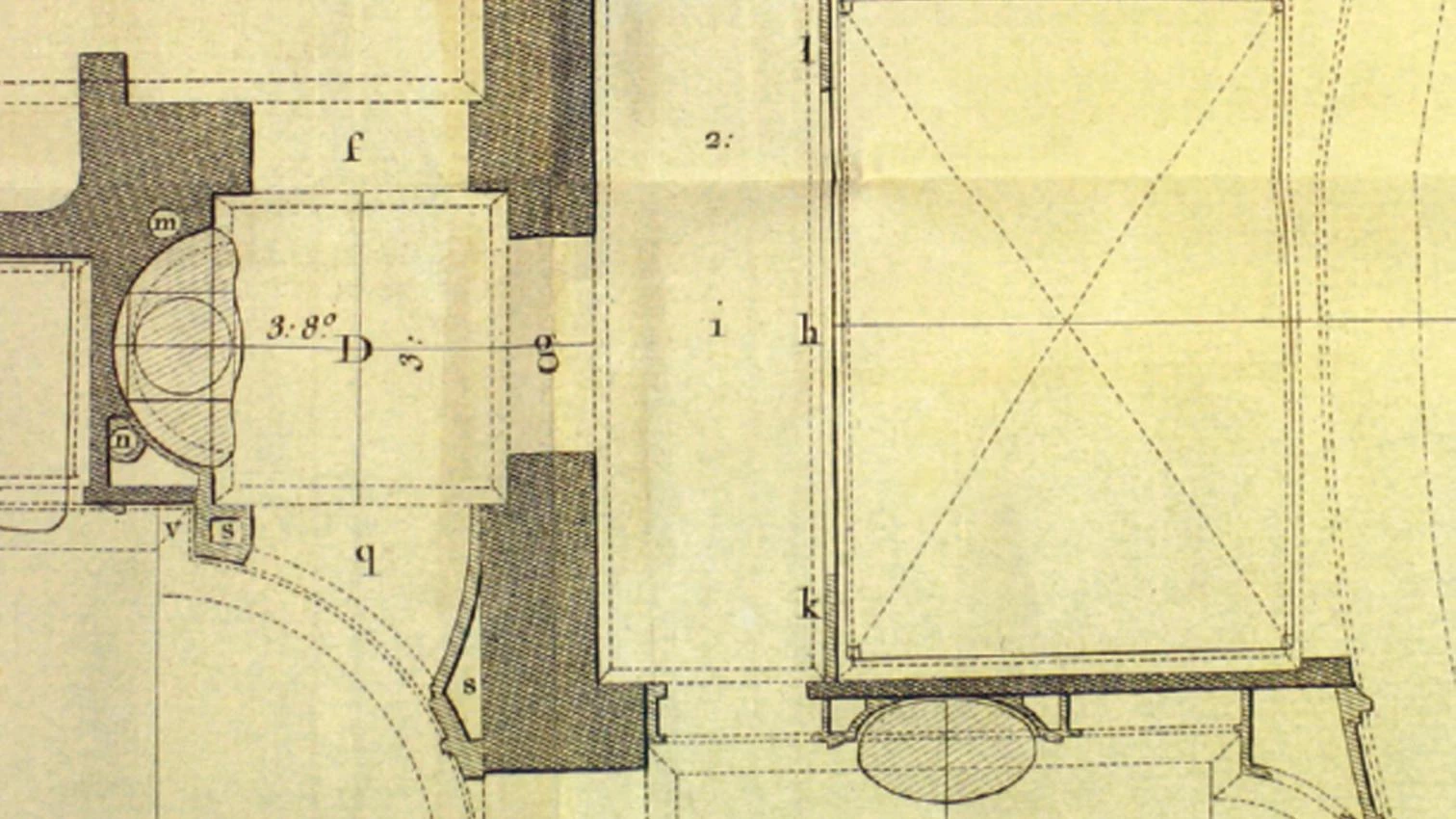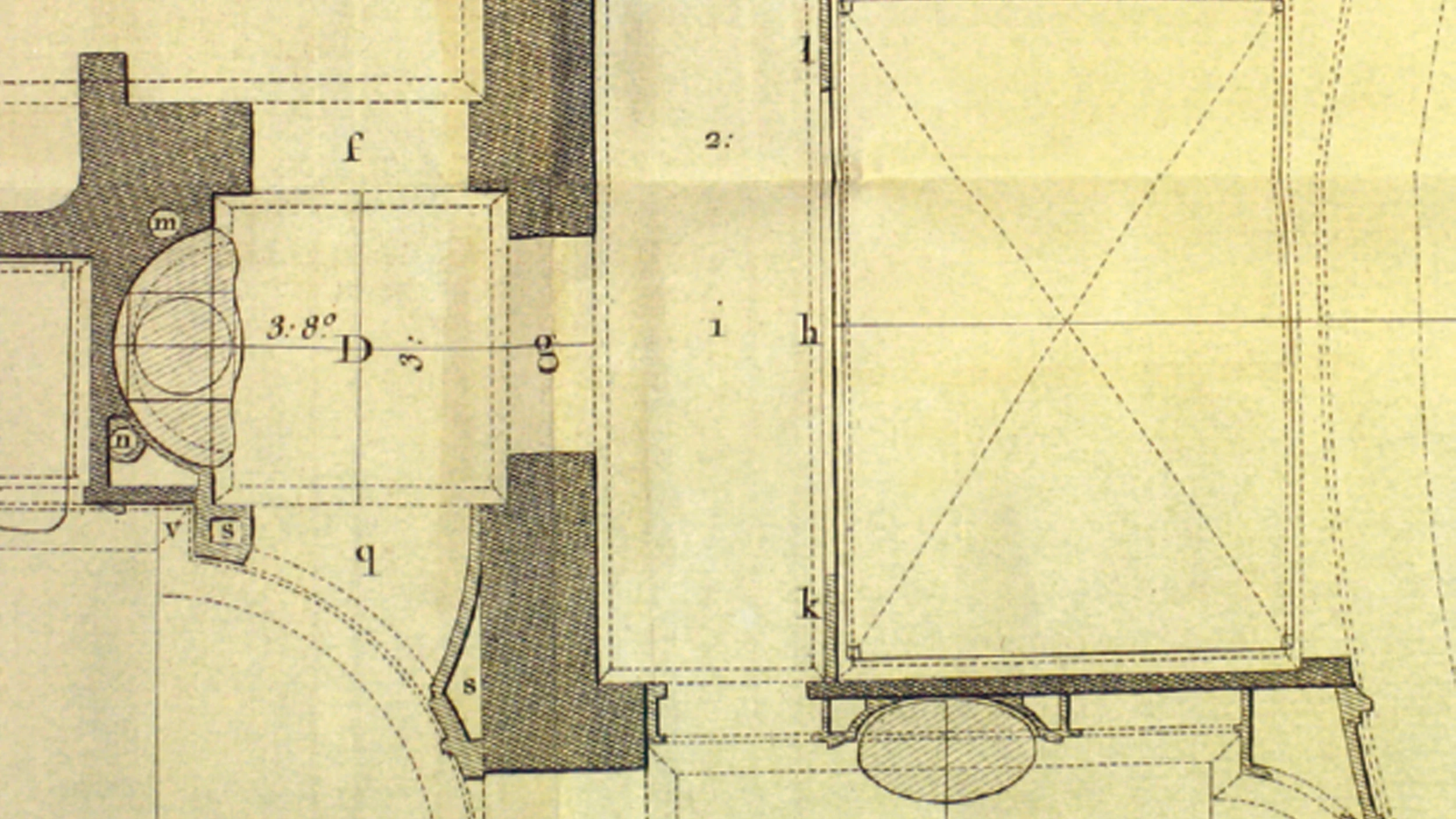
Rarely does a foreword tell so much about the contents of a book. Here the author speaks of his visit to Borromini’s Church of San Carlo alle Quattro Fontane in Rome. Ignoring the trite discourse on the elliptical plan, the continuous entablature or overhead lighting, he emphasizes a seemingly minor fact: moving the reader from center to periphery, he stresses the existence of four inner doors, two of which give access to secondary chapels, while the two others lead to a hidden irregular space that turns out to be the building’s connecting axis around which the work revolves: the project’s so-called poché.
In Plan Poché, a doctoral thesis now published as a book, Castellanos first focusses on what looks like a residue space but which, as in the ‘hollow column’ (the pillar of St. Peter’s Basilica), is notable for its capacity to accommodate circulation spaces, opening the doors for the book’s real theme: the new way of laying out floor plans, using the solids of the poché; that is, the manner in which some rooms are connected with others.
Unlike the history of erudite architecture, against using architectural theory as a standard for interpretations, or typological analysis as final reasoning, Castellanos brilliantly takes up on the history of architecture in terms of composition, playing with references to Blondell as much as to Julian Gaudet, Kahn or Le Corbusier. In a way, how the book is written recalls Cortázar making Rayuela readable in different ways, promoting disorder in the way texts are tackled.







